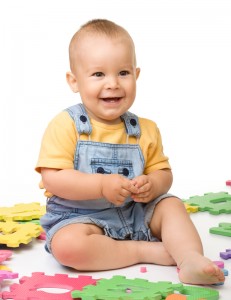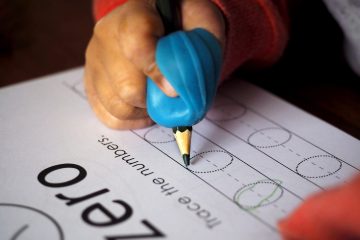 One of the most important things you can do for your child from the beginning is to read to him. Reading books, even if they are plastic or board books, introduces your child to the wonderful world of reading that will become so critical once he enters school.
One of the most important things you can do for your child from the beginning is to read to him. Reading books, even if they are plastic or board books, introduces your child to the wonderful world of reading that will become so critical once he enters school.
While reading to and with your child is essential in supporting your child’s future reading skills, there are other ways in which you can incorporate literacy activities into everyday life as well.
The youngest children can benefit from practice with one of the basic foundations of reading–the alphabet. You can support your child’s alphabetic knowledge in many ways:
- Put up an alphabet poster or decorations: Display the alphabet prominently in some way, perhaps hanging letters as wall art, or putting up a poster with letters and pictures on it. This will give your child the chance to start connecting the visual symbols of the alphabet with their letter names. Ideas and Pics here
- Teach your child the alphabet song: Since most children naturally love songs and singing, the alphabet song can be a great way for them to learn their letters. There are also a number of online resources available for learning different variations of the alphabet song with downloadable MP3s and music-based videos. Try KidsTV123 on youTube for starters.
- Introduce your child to alphabet videos and online games: Let your child visually interact with the alphabet through computer resources such as videos, games, or even cell phone apps.
- Incorporate letters into art activities: Although drawing or writing letters will be too difficult for the youngest children, you can provide them with letter stamps, letter cut-outs from newspapers and magazines, or create letters with other materials for use in art projects.
You can also offer your child activities that encourage the development of fine motor skills. Fine motor skills relate to movements involving small hand muscles that will eventually strengthen to the point that your child will be able to write. Give your child opportunities to practice hand activities such as folding paper, picking up and manipulating objects, cutting with safety scissors, and drawing and painting. These activities will help the strengthening of your child’s hand muscles. Fine & Gross Motor Activities
Do you have any creative ways to encourage literacy skills with our youngest learners? Our next Reading Essentials Series post will share some ideas for preschoolers.


